Project Report: Metal Additive Manufacturing of Stainless Steel 316L
VerifiedAdded on 2023/01/16
|9
|489
|47
Project
AI Summary
This project report focuses on the challenges and issues associated with metal additive manufacturing (AM) of Stainless Steel 316L. The report begins with an introduction to additive manufacturing and its applications, highlighting the importance of addressing current limitations. The primary issues discussed include surface finish, porosity, and residual stress, which significantly impact the quality and performance of 3D-printed metal parts. The report elaborates on each issue, explaining their causes and consequences, and suggesting potential solutions such as powder bed fusion for surface finish, elimination of gas pockets to reduce porosity, and heat treatment and support structures to manage residual stress. The report concludes by emphasizing the usefulness of AM for complex designs and the ongoing need to refine techniques to overcome existing challenges, referencing relevant literature to support the analysis.
1 out of 9
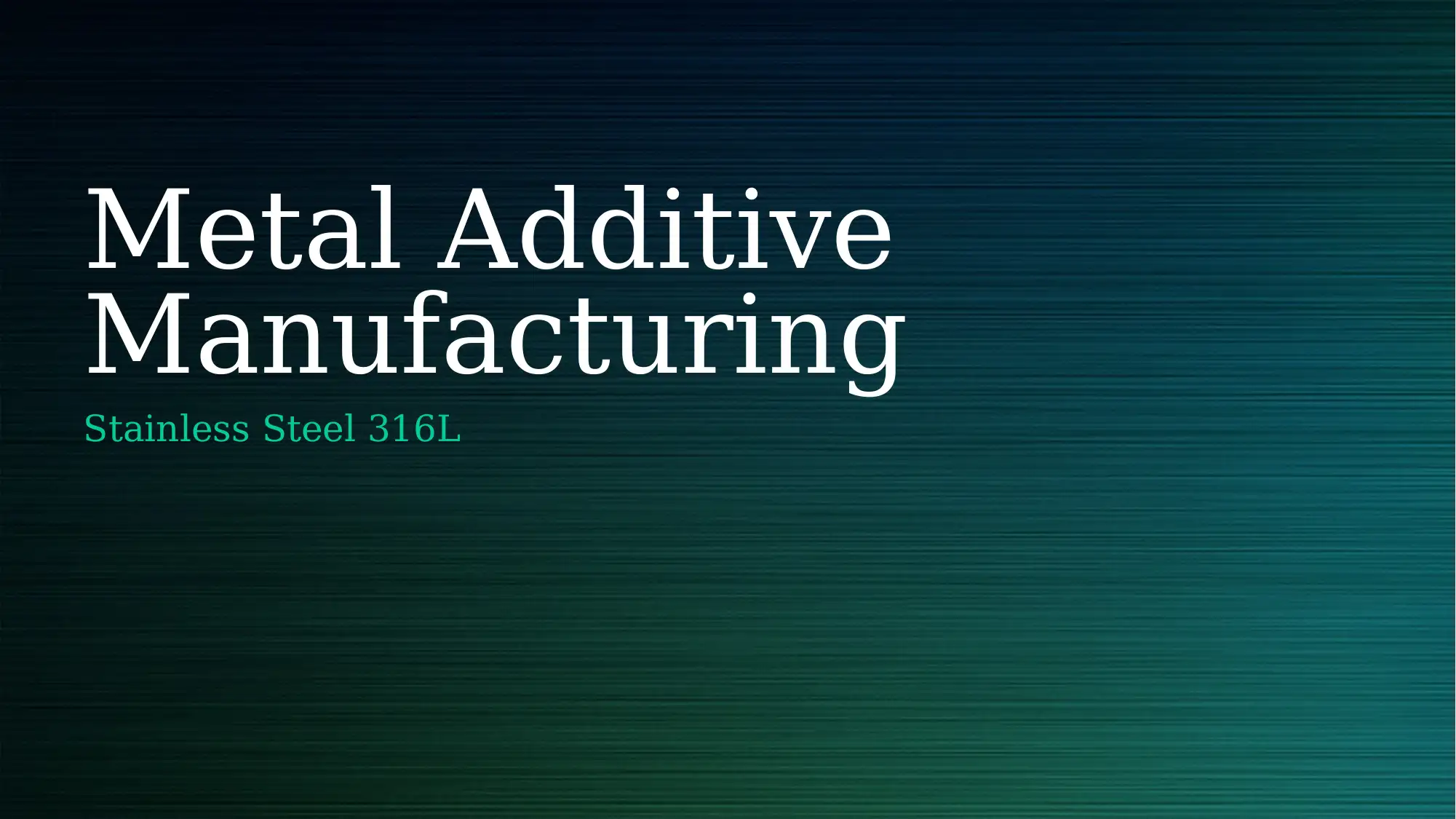
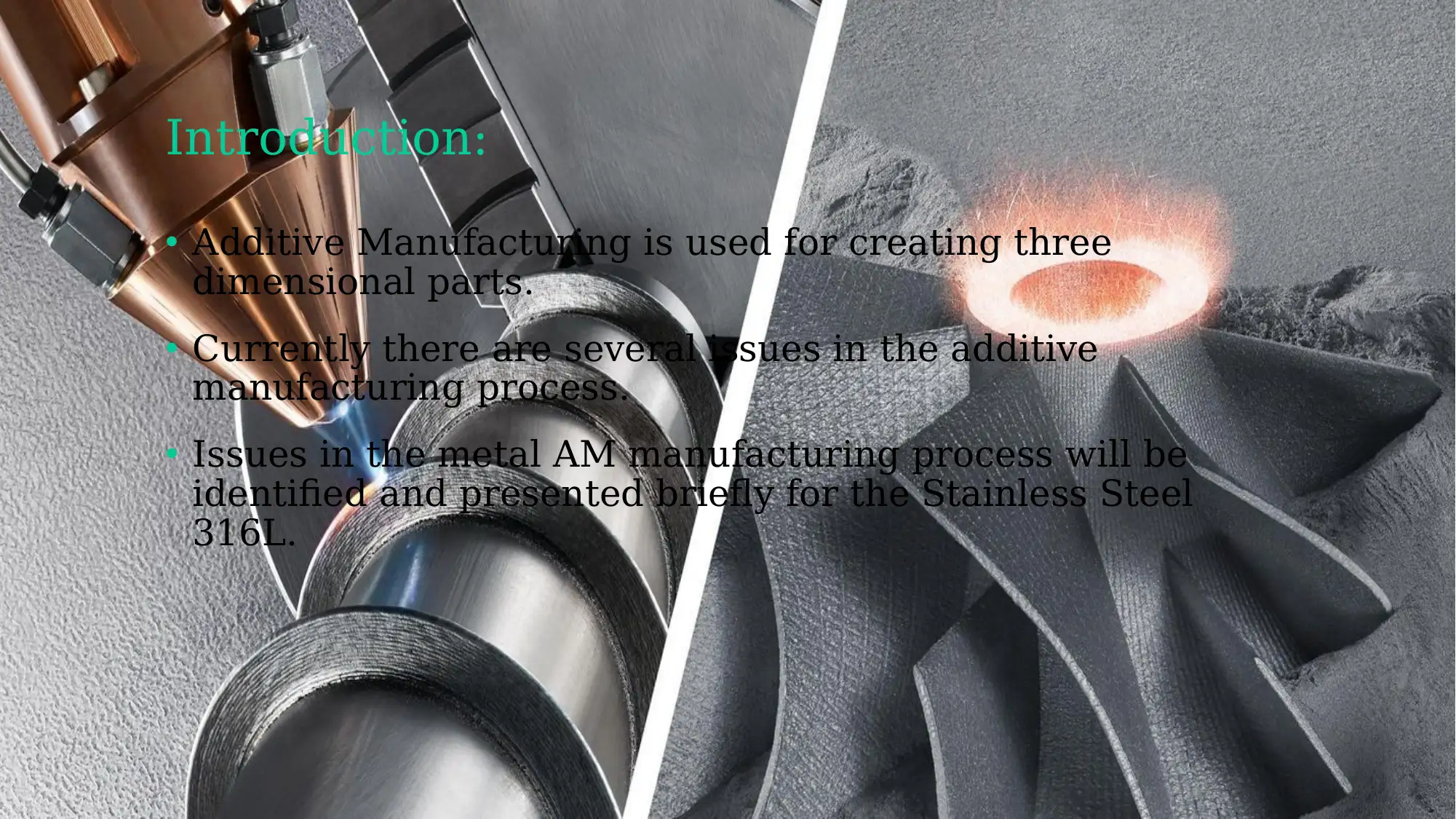
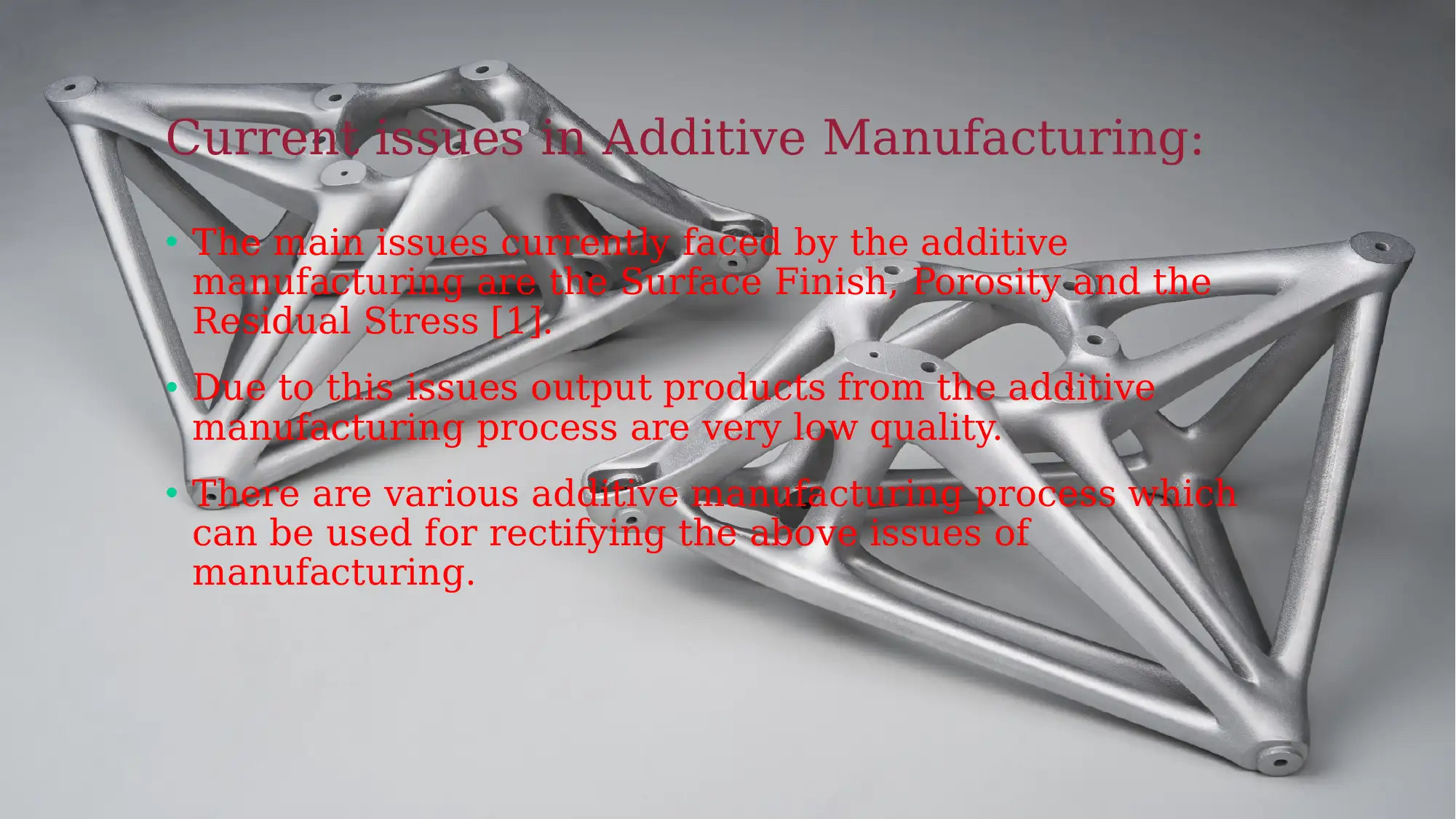
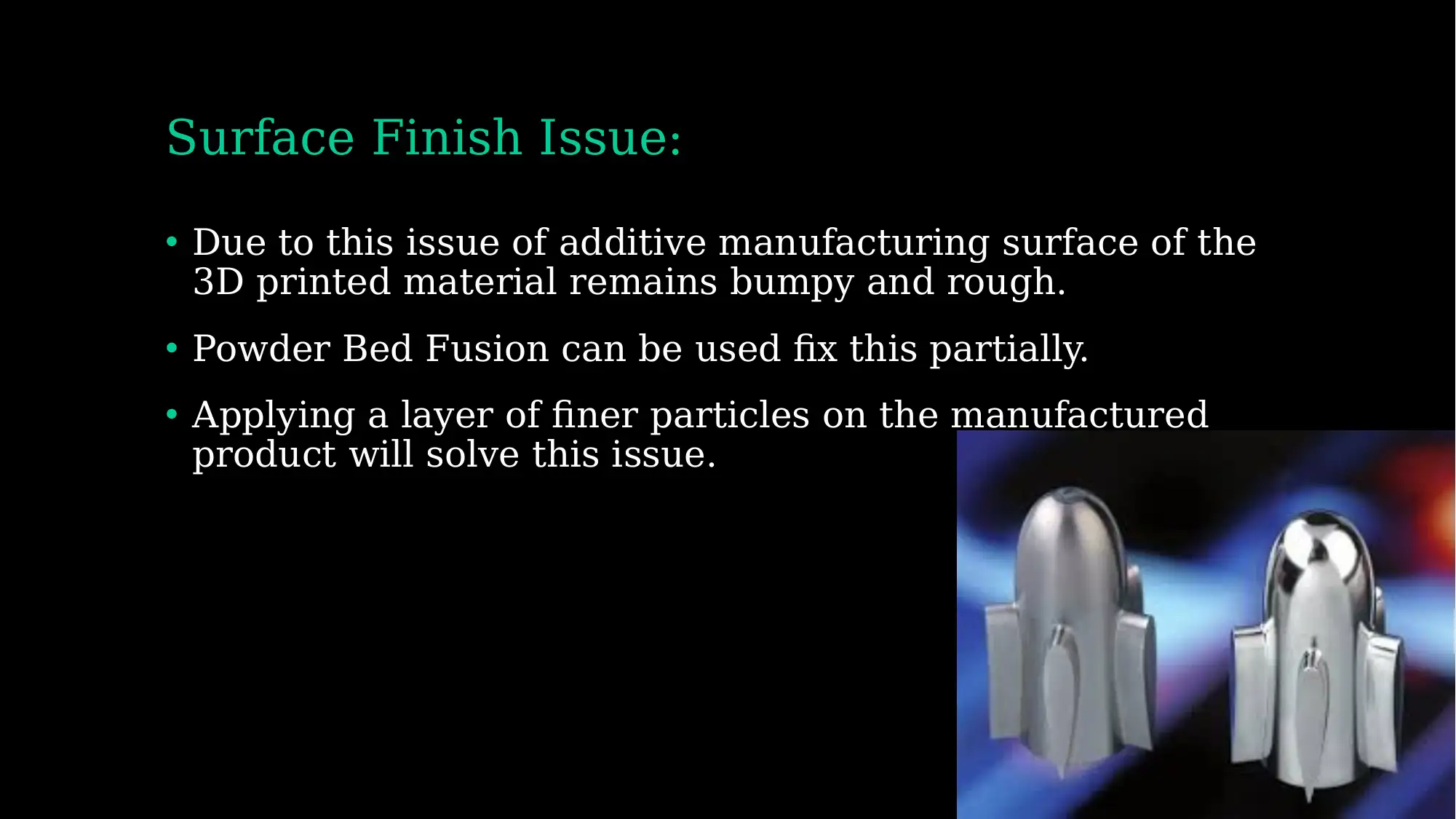
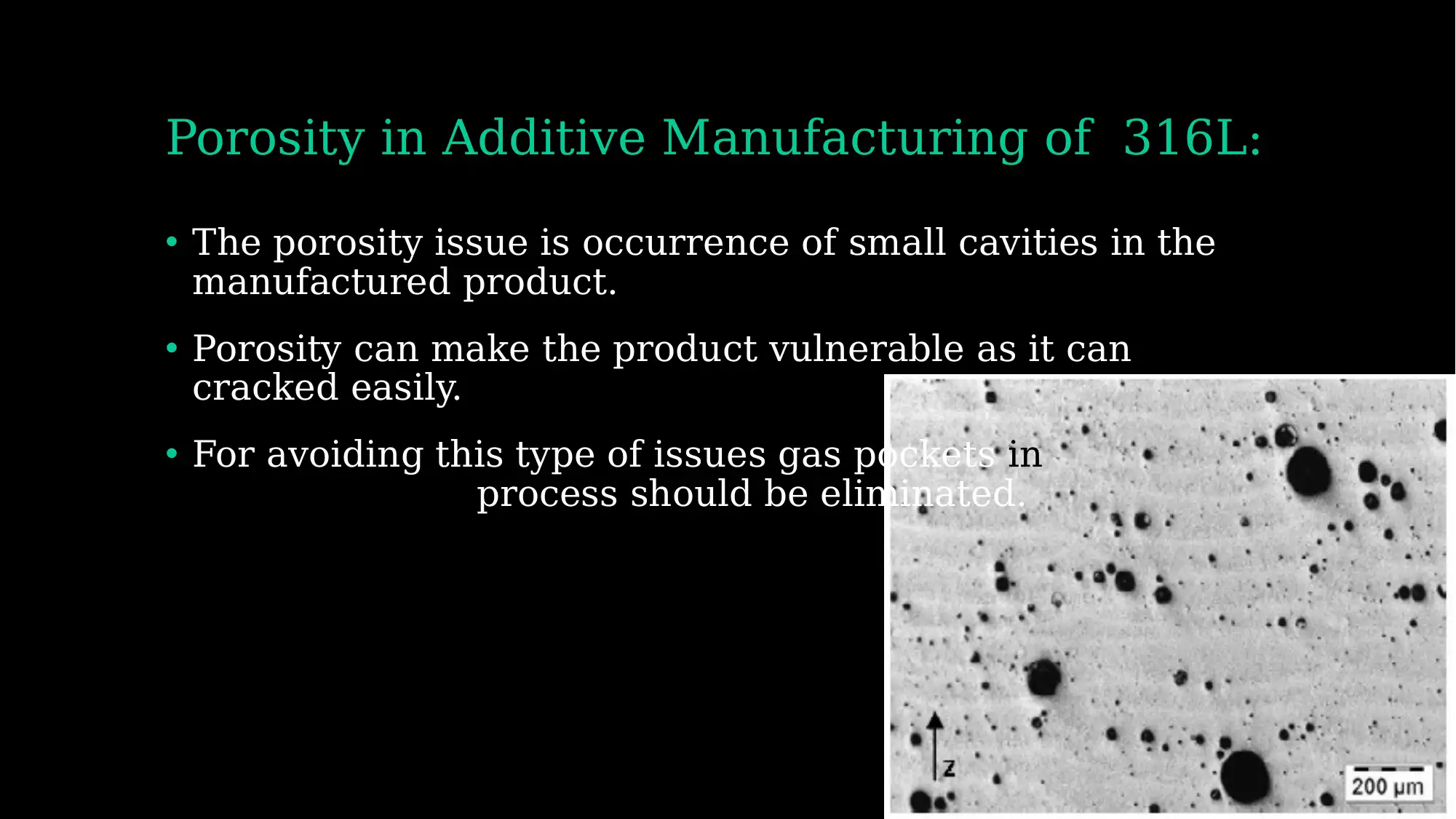
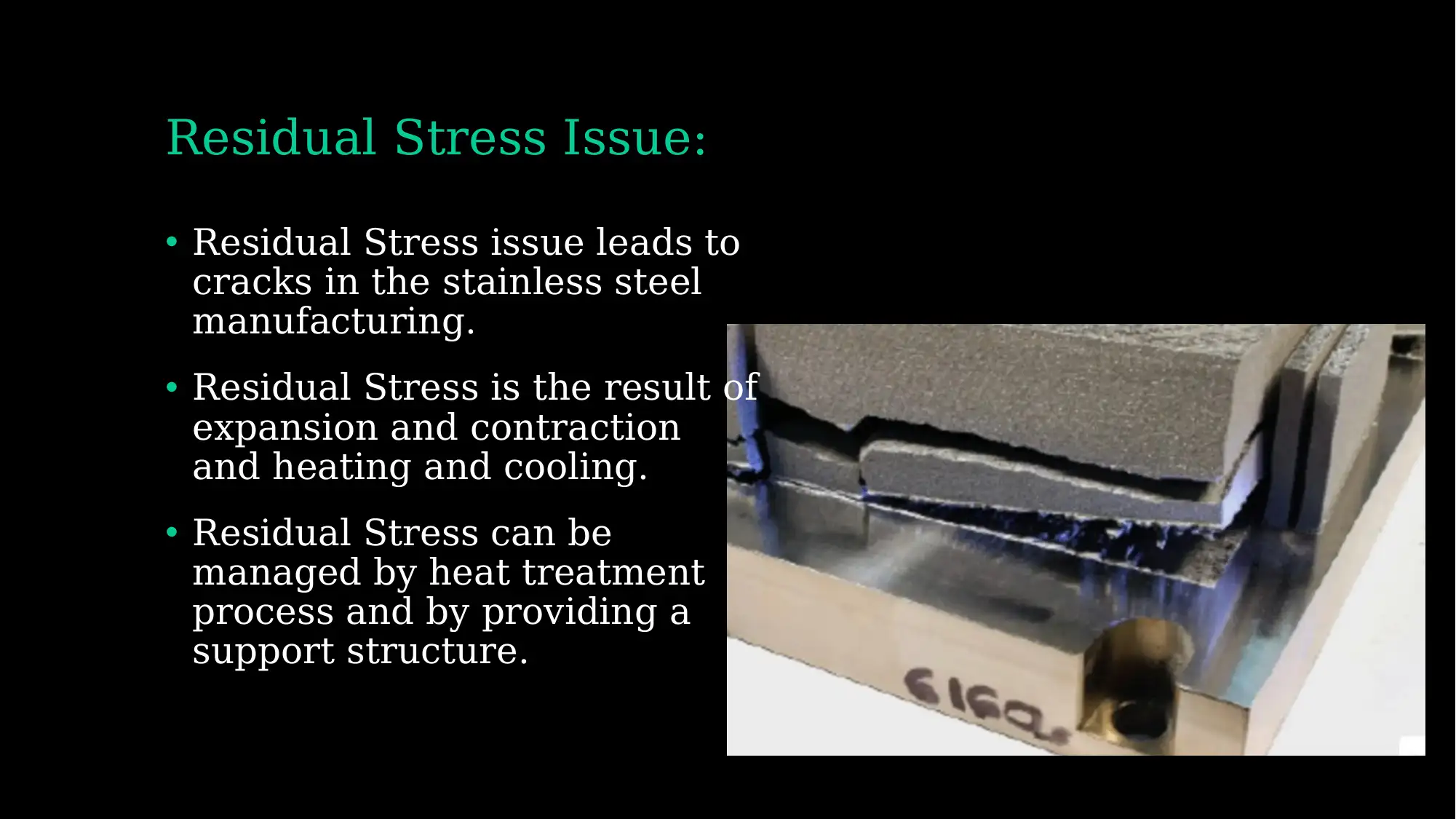
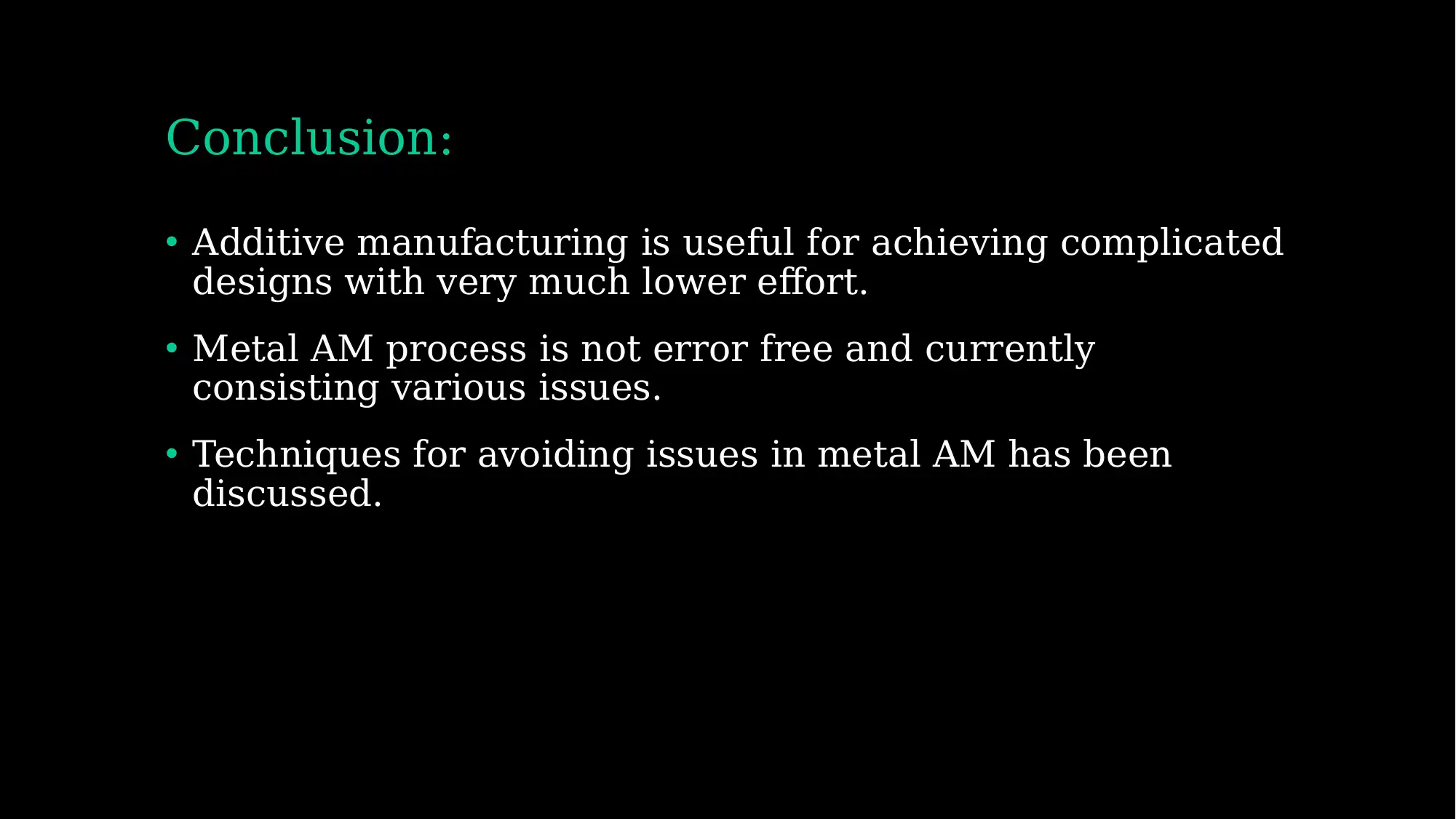
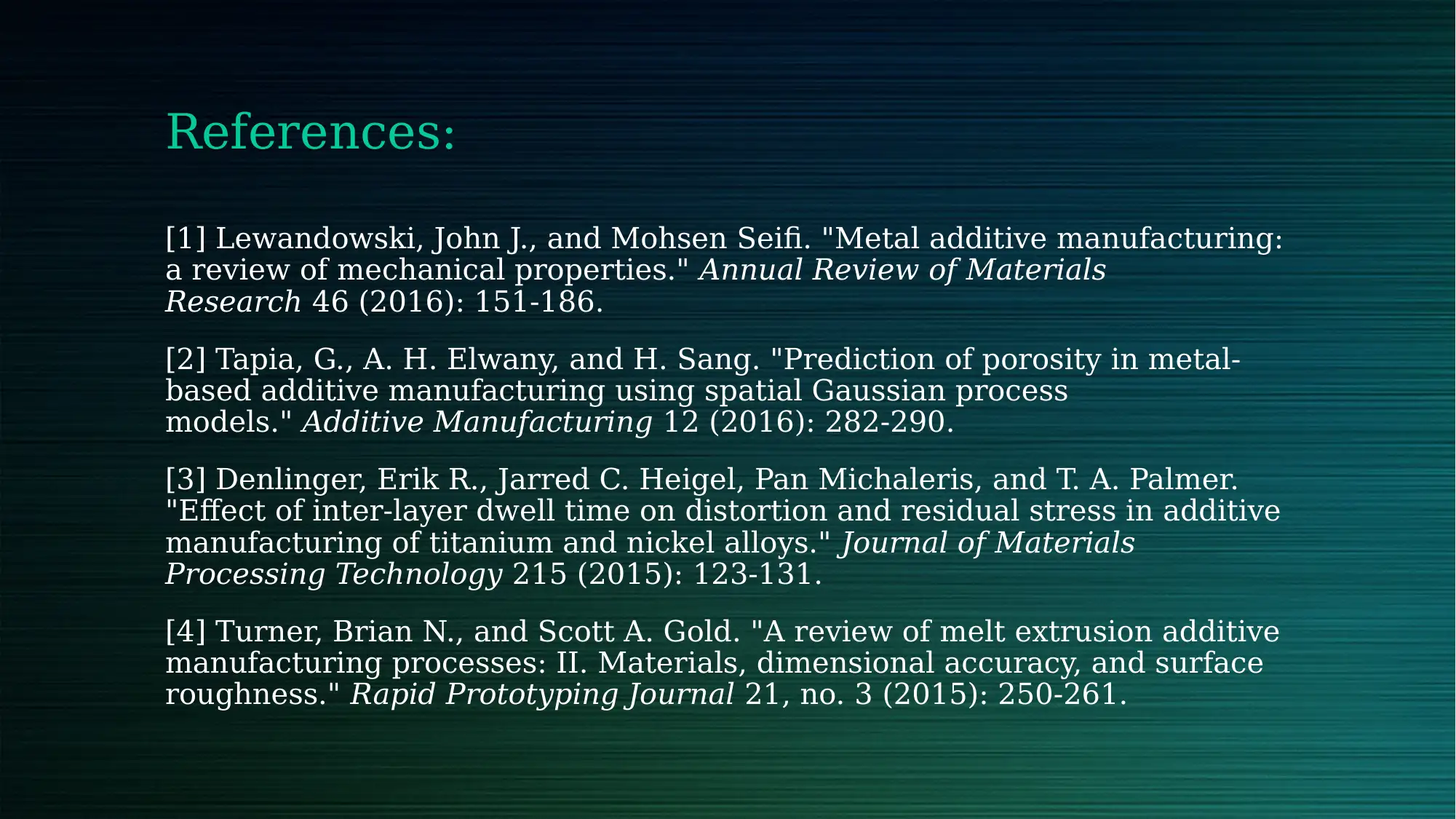







![[object Object]](/_next/static/media/star-bottom.7253800d.svg)